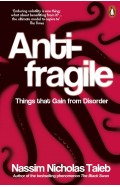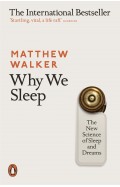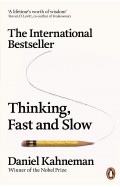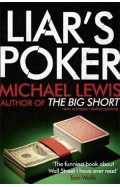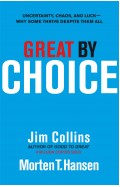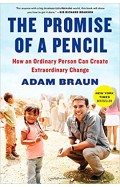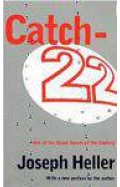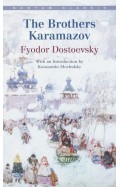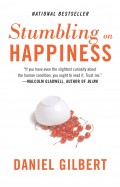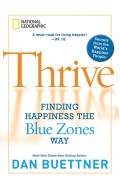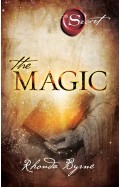- Home
- Books
- Categories
- Non Fiction
- Education and Reference
- Superforecasting: The Art and Science of Prediction
Superforecasting: The Art and Science of Prediction
By: Philip Tetlock
-
Rs 2,335.50
- Rs 2,595.00
- 10%
You save Rs 259.50.
Due to constant currency fluctuation, prices are subject to change with or without notice.
What if we could improve our ability to predict the future?
Everything we do involves forecasts about how the future will unfold. Whether buying a new house or changing job, designing a new product or getting married, our decisions are governed by implicit predictions of how things are likely to turn out. The problem is, we're not very good at it.
In a landmark, twenty-year study, Wharton professor Philip Tetlock showed that the average expert was only slightly better at predicting the future than a layperson using random guesswork. Tetlock's latest project – an unprecedented, government-funded forecasting tournament involving over a million individual predictions – has since shown that there are, however, some people with real, demonstrable foresight. These are ordinary people, from former ballroom dancers to retired computer programmers, who have an extraordinary ability to predict the future with a degree of accuracy 60% greater than average. They are superforecasters.
In Superforecasting, Tetlock and his co-author Dan Gardner offer a fascinating insight into what we can learn from this elite group. They show the methods used by these superforecasters which enable them to outperform even professional intelligence analysts with access to classified data. And they offer practical advice on how we can all use these methods for our own benefit – whether in business, in international affairs, or in everyday life.
What if we could improve our ability to predict the future?
Everything we do involves forecasts about how the future will unfold. Whether buying a new house or changing job, designing a new product or getting married, our decisions are governed by implicit predictions of how things are likely to turn out. The problem is, we're not very good at it.
In a landmark, twenty-year study, Wharton professor Philip Tetlock showed that the average expert was only slightly better at predicting the future than a layperson using random guesswork. Tetlock's latest project – an unprecedented, government-funded forecasting tournament involving over a million individual predictions – has since shown that there are, however, some people with real, demonstrable foresight. These are ordinary people, from former ballroom dancers to retired computer programmers, who have an extraordinary ability to predict the future with a degree of accuracy 60% greater than average. They are superforecasters.
In Superforecasting, Tetlock and his co-author Dan Gardner offer a fascinating insight into what we can learn from this elite group. They show the methods used by these superforecasters which enable them to outperform even professional intelligence analysts with access to classified data. And they offer practical advice on how we can all use these methods for our own benefit – whether in business, in international affairs, or in everyday life.
Superforecasting: The Art and Science of Prediction
By: Philip Tetlock
Rs 2,335.50 Rs 2,595.00 Ex Tax :Rs 2,335.50
Zubin Mehta: A Musical Journey (An Authorized Biography)
By: VOID - Bakhtiar K. Dadabhoy
Rs 472.50 Rs 1,050.00 Ex Tax :Rs 472.50
Antifragile: Things that Gain from Disorder
By: Nassim Nicholas Taleb
Rs 2,785.50 Rs 3,095.00 Ex Tax :Rs 2,785.50
Why We Sleep: The New Science of Sleep and Dreams
By: Matthew Walker
Rs 2,515.50 Rs 2,795.00 Ex Tax :Rs 2,515.50
Great By Choice: Uncertainty Chaos And Luck Why Some Thrive Despite Them All
By: Jim Collins
Rs 5,395.50 Rs 5,995.00 Ex Tax :Rs 5,395.50
Promise of a Pencil: How an Ordinary Person Can Create Extraordinary Change
By: Adam Braun
Rs 1,372.25 Rs 2,495.00 Ex Tax :Rs 1,372.25
The Perfect World A Journey To Infinite Possibilities
By: Priya Kumar
Rs 265.50 Rs 295.00 Ex Tax :Rs 265.50
Thrive: Finding Happiness the Blue Zones Way
By: Dan Buettner
Rs 627.75 Rs 1,395.00 Ex Tax :Rs 627.75
Antifragile: Things that Gain from Disorder
By: Nassim Nicholas Taleb
Rs 2,785.50 Rs 3,095.00 Ex Tax :Rs 2,785.50
Why We Sleep: The New Science of Sleep and Dreams
By: Matthew Walker
Rs 2,515.50 Rs 2,795.00 Ex Tax :Rs 2,515.50
Great By Choice: Uncertainty Chaos And Luck Why Some Thrive Despite Them All
By: Jim Collins
Rs 5,395.50 Rs 5,995.00 Ex Tax :Rs 5,395.50
Promise of a Pencil: How an Ordinary Person Can Create Extraordinary Change
By: Adam Braun
Rs 1,372.25 Rs 2,495.00 Ex Tax :Rs 1,372.25
No recently viewed books available at the moment.
Zubin Mehta: A Musical Journey (An Authorized Biography)
By: VOID - Bakhtiar K. Dadabhoy
Rs 472.50 Rs 1,050.00 Ex Tax :Rs 472.50
Superforecasting: The Art and Science of Prediction
By: Philip Tetlock
Rs 2,335.50 Rs 2,595.00 Ex Tax :Rs 2,335.50
Antifragile: Things that Gain from Disorder
By: Nassim Nicholas Taleb
Rs 2,785.50 Rs 3,095.00 Ex Tax :Rs 2,785.50
Why We Sleep: The New Science of Sleep and Dreams
By: Matthew Walker
Rs 2,515.50 Rs 2,795.00 Ex Tax :Rs 2,515.50
Great By Choice: Uncertainty Chaos And Luck Why Some Thrive Despite Them All
By: Jim Collins
Rs 5,395.50 Rs 5,995.00 Ex Tax :Rs 5,395.50
Promise of a Pencil: How an Ordinary Person Can Create Extraordinary Change
By: Adam Braun
Rs 1,372.25 Rs 2,495.00 Ex Tax :Rs 1,372.25












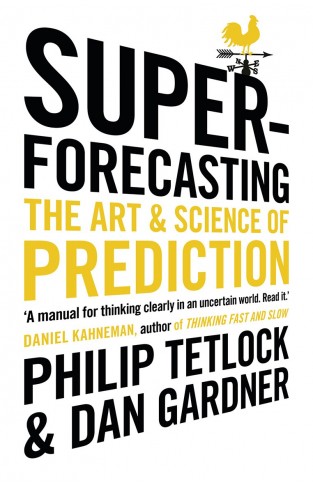
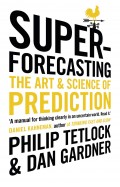
-120x187.jpg?q6)





